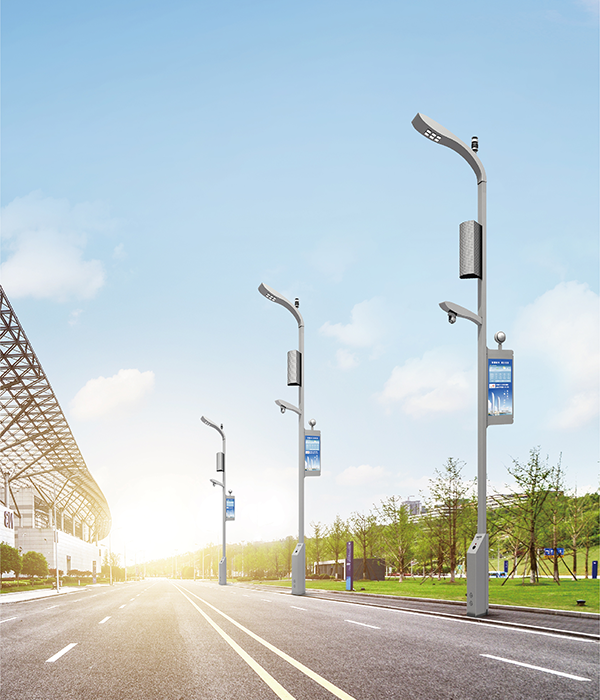Ever wondered why one burnt-out street light doesn’t plunge the entire road into darkness?
The answer lies in the wiring method.
Modern street lights are wired in parallel circuits, ensuring each fixture operates independently and maintains consistent brightness. Unlike series wiring, which can cause full system failure, parallel wiring guarantees voltage stability, easier maintenance, and scalability.
As someone who has overseen street lighting projects across Africa, I can confirm: understanding wiring design is critical for building reliable, cost-effective infrastructure.
Why Are Street Lights Wired in Parallel Instead of Series?

Parallel circuits allow each light to function independently, preventing total outages.
1. How Parallel Wiring Improves Reliability
| Wiring Type | Impact of Failure | Reliability |
|---|---|---|
| Parallel | One light fails, others stay on | High |
| Series | One failure disrupts all lights | Low |
In the field, I’ve seen contractors mistakenly use series wiring in small compounds—only to face complete blackouts when one lamp failed. Cities avoid this risk by using parallel layouts.
2. Why Parallel Wiring Ensures Voltage Consistency
| Wiring Type | Voltage Distribution | Brightness |
|---|---|---|
| Parallel | Each lamp receives full voltage | Uniform |
| Series | Voltage divided, distant lamps dim | Uneven |
Consistent voltage = consistent brightness. This is why highways and city streets remain uniformly lit from end to end.
How Do Parallel Circuits Compare to Series Circuits in Street Lighting?

| Feature | Parallel Circuits | Series Circuits |
|---|---|---|
| Reliability | One failure doesn’t affect others | Entire line fails with one fault |
| Voltage | Stable across all lights | Drops with distance |
| Maintenance | Easy—replace individual lights | Complex—line-wide shutdown needed |
| Scalability | High—add/remove lights easily | Low—requires redesign |
For urban planners, the choice is clear: parallel wiring ensures resilience and lower lifecycle cost.
How Does Parallel Wiring Impact Voltage and Brightness?

1. Voltage Behavior in Parallel Circuits
| Scenario | Voltage Per Lamp |
|---|---|
| Two lights in parallel | Each gets full voltage |
| Ten lights in parallel | Each still gets full voltage |
➡️ Adding more lamps does not reduce brightness in parallel wiring. This scalability makes it ideal for expanding cities.
2. Brightness in Expanding Networks
| Factor | Parallel Circuit | Series Circuit |
|---|---|---|
| Scalability | Easy to expand | Difficult to modify |
| Brightness | Uniform throughout | Drops with distance |
Cities prefer parallel circuits because new lights can be integrated seamlessly without rewiring entire sections.
What Are the Advantages of Parallel Wiring in Street Lighting?

1. Simplified Maintenance
| Feature | Benefit |
|---|---|
| Independent Operation | Faulty lights can be replaced individually |
| Quick Repairs | No need to shut down whole network |
| Smart Diagnostics | Remote monitoring speeds up repairs |
This independence reduces downtime and cuts labor costs.
2. Scalability & Smart Integration
| Benefit | Impact |
|---|---|
| Easy Expansion | Add lights without redesigning circuits |
| LED Compatibility | New energy-efficient LEDs fit seamlessly |
| Smart Control Ready | Supports IoT, motion sensors, dimming |
Future-ready smart city grids depend on this modularity.
3. Cost Effectiveness Over Time
| Factor | Parallel Advantage |
|---|---|
| Maintenance | Lower—replace one light at a time |
| Energy Efficiency | Works well with smart control |
| Lifecycle Cost | Reduces replacements and disruptions |
While upfront wiring may cost slightly more than series, long-term savings outweigh initial investment.
Why Do Cities Worldwide Choose Parallel Circuits?

Cities adopt parallel wiring for three main reasons:
- ✅ Safety & Uniform Brightness – Keeps roads consistently lit.
- ✅ System Reliability – Prevents total blackouts from single failures.
- ✅ Future-Proof Design – Easy to expand and integrate smart controls.
From Nairobi to Lagos, municipalities confirm: parallel wiring is the only viable option for modern infrastructure.
FAQs on Street Light Wiring
1. Are all street lights wired in parallel?
Yes—this ensures independence and reliability.
2. Why not use series wiring?
One failure would cut power to all lamps.
3. Does parallel wiring waste more energy?
No. It ensures stable distribution and supports efficient LEDs.
4. Can LEDs be added to an existing parallel circuit?
Yes, seamlessly.
5. How does parallel wiring benefit smart street lighting?
It allows independent control and integration of IoT features like dimming and motion sensing.
Conclusion: Why Parallel Wiring Is the Backbone of Reliable Street Lighting
✅ Parallel circuits deliver reliability, uniform brightness, and scalability.
✅ They lower maintenance costs and extend infrastructure lifespan.
✅ They’re the foundation for future smart city upgrades.
For reliable and cost-effective street lighting, parallel wiring is the proven standard—and the only practical choice for cities planning long-term growth.







